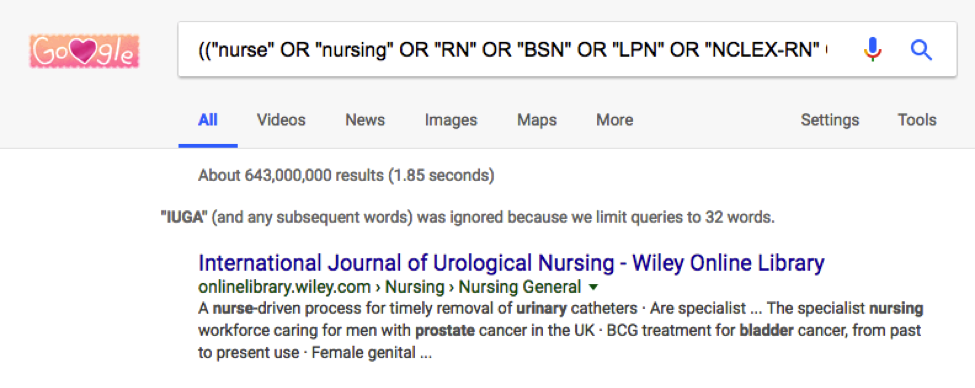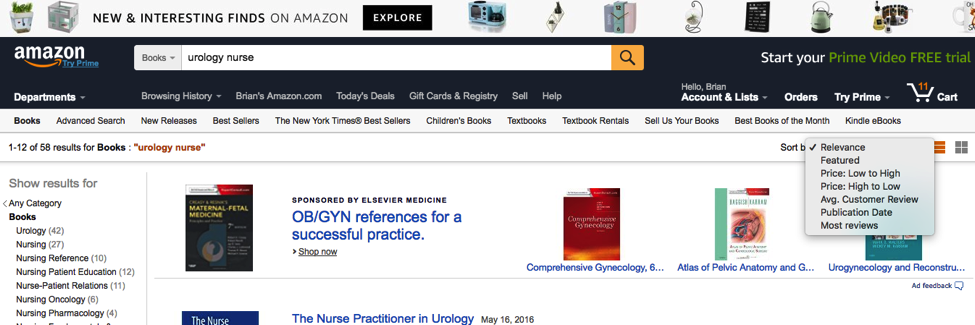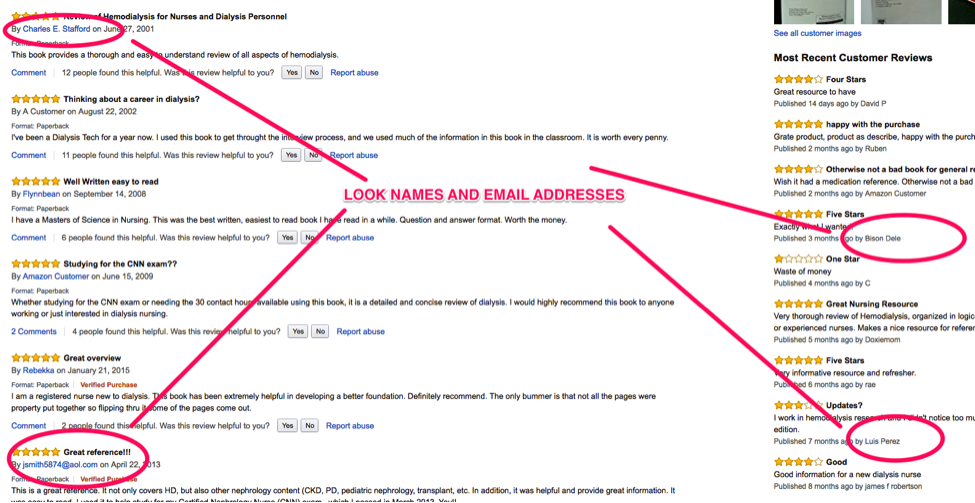
Want to find a Cat Rambo mousepad, a replica of Bellatrix Lestrange’s wand, or a snuggly narwhal onesie for lounging in your livingroom? All are perfectly good uses of our favorite eCommerce megastore, Amazon. But for recruiters, rather than turn to Amazon, we usually turn to those ‘normal’ talent pools like Github, LinkedIn, and Indeed searching for the candidate who we want to ‘buy’ into our vision of “the next big career move”. In many instances, these are all great store fronts with lackluster customer service and loss of remnant inventory. All perfectly logical sites to go find candidates, right? But are candidates actually engaged with those sites?
Can I Have 10 Minutes?
Users spend less than 8 minutes on LinkedIn, less than 7 minutes on Github and Twitter, less than 5 minutes on Indeed, and … surprisingly, they spend less than 1 minute a day in their Gmail. We know that the time people are spending on Facebook dwarfs all these by comparison.
But where else are they spending all that time? Well, we’re spending almost 10 minutes a day on Amazon. And that’s more time than people are spending on Google.
What about using Amazon for recruitment?
Amazon has billions of users who throwing money at content and a bigly engaged audience. This huge user base doesn’t just spectate. Amazon made $29B last year off of this untapped marketplace for candidates. That’s 23% more than we spent there in 2015.
As recruiters, we spend a lot of time on LinkedIn, Twitter, and Facebook, yet Amazon is a social channel that recruiters pay little attention to find and connect with candidates, but maybe it’s time to change that. Remember that I call it a social channel — because just like those 3 stooges of social media, there is a cavalcade of commentary and snark to work through.

How to Get Started.
Amazon’s enormous user base lends itself to a few specific recruitment tactics. And it’s free. And I like free.It starts with knowing your community or the community that you want to recruit candidates from and then place in that same community. Let’s say that you are recruiting for Nurses, and specifically Urology nurses.
When doing a Google search, the search for a ‘Urology Nurse may look like this:

With a 183 million visitors per day, Amazon has a pulse of what is interesting to these types of nurses Going to the search bar, we can type in “urology nurse”. Do you ever wonder what books nurses read? Or who writes the books they read? Or what gets read the most?

By change the sort by drop down, we can quickly see which books are reviewed the most, or we can scroll down the left-hand side of the page to see popular authors in the field.

Let’s go into one of those books and see what people are saying about it. Looking at the comments section on Review of Hemodialysis for Nurses and Dialysis Personnel, we are quick to discover people by name who read the book and find email addresses of people who left reviews.

If we click into one of the names, we get a shopper profile! It’s like magic. I would love to see what your results are. Please let me know in the comments below how you are using Amazon to recruit top candidates.
 About our Author: Brian Fink:
About our Author: Brian Fink:
As a member of Relus’ recruiting team, Brian Fink focuses on driving talent towards opportunity. Eager to help stretch the professional capabilities of everyone he works with, he’s helping startups grow and successfully scale their IT, Recruiting, Big Data, Product, and Executive Leadership teams. An active keynote speaker and commentator, Fink thrives on discovery and building a better recruiting mousetrap. Connect with him on LinkedIn or follow him on Twitter @TheBrianFink.
By Brian Fink
As a Talent Acquisition Partner at McAfee, Brian Fink enjoys bringing people together to solve complex problems, build great products, and get things done. In his recent book, Talk Tech to Me, Fink takes on the stress and strain of complex technology concepts and simplifies them for the modern recruiter to help you find, engage, and partner with professionals.
Recruit Smarter
Weekly news and industry insights delivered straight to your inbox.





